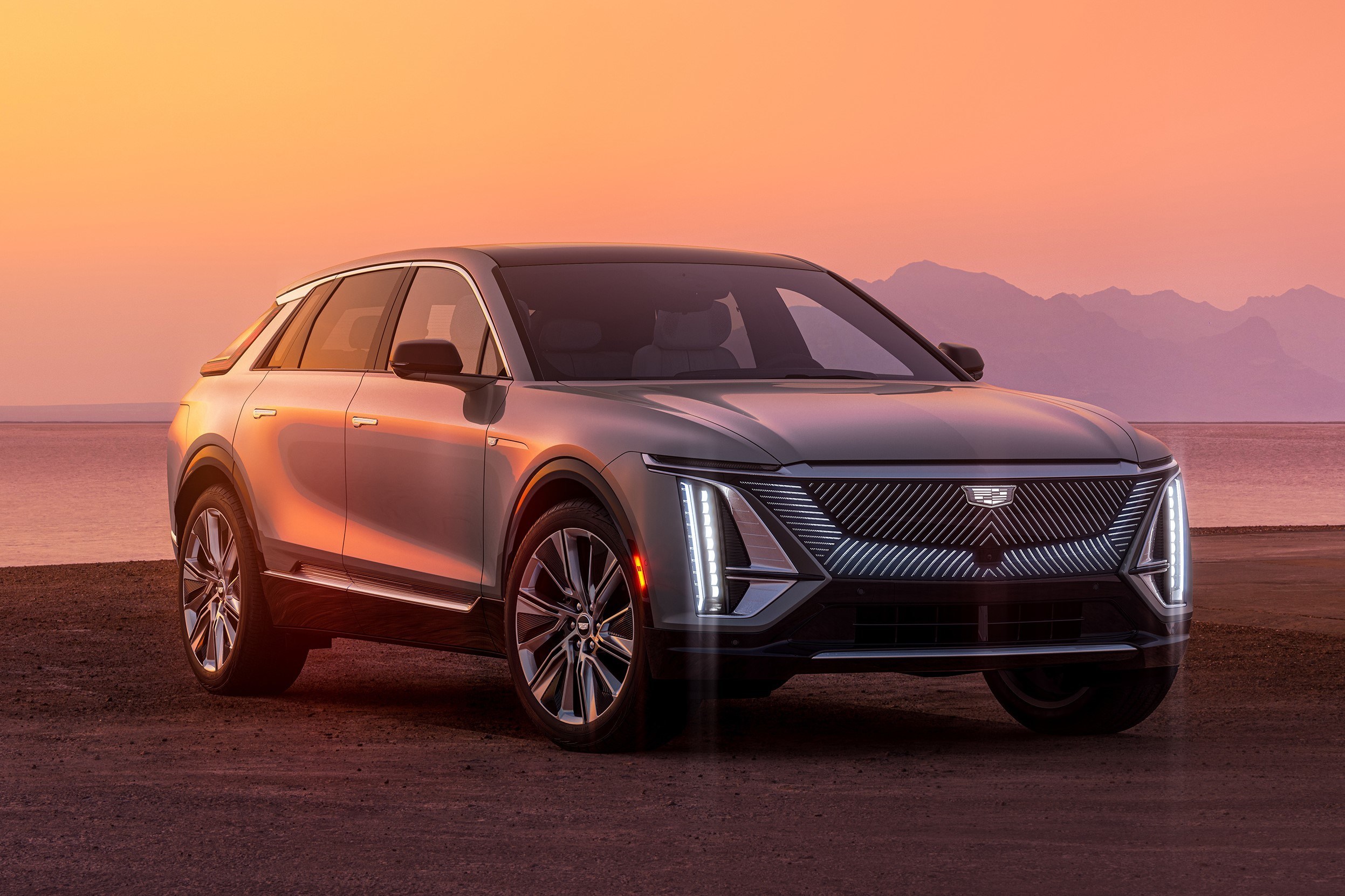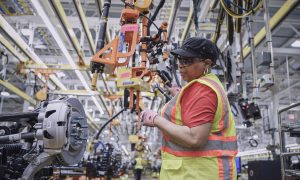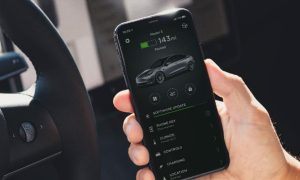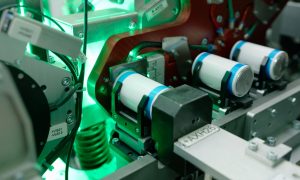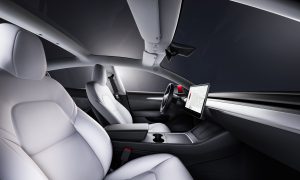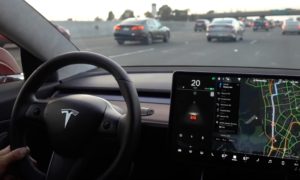General Motors is sidestepping the loss of the electric vehicle tax credit on its vehicles and will still offer a big $7,500 discount on cars for customers.
In December, GM said it would temporarily lose eligibility for the credit on some of its cars. The Cadillac Lyriq and Chevrolet Blazer EV are losing the credit because of component qualifications, while all other EVs are temporarily losing eligibility.
The Chevrolet Bolt is the only EV in GM’s lineup that will keep the entire credit.
However, GM told dealers today that it would be providing the equivalent EV tax credit purchase amount on any car that is now ineligible due to updated guidelines, Detroit Free Press said.
The Lyriq and Blazer EV will likely regain eligibility sometime early this year as GM plans to switch up sourcing so customers can take advantage of the tax credit. Additionally, the Equinox EV, GMC Sierra EV, Cadillac OPTIQ, and Silverado EV will be eligible for the full incentive. These cars are set to be built after the sourcing change occurs.
A majority of vehicles that qualified for the credits last year are no longer eligible. 43 vehicles had qualified in 2023. Now, just 19 EVs in the U.S. can qualify for EV tax credits.
These are the EVs that still qualify for the $7,500 tax credit in 2024
The changes affected Volkswagen with the ID.4, the Nissan Leaf, a few Tesla Model 3 configurations, and the Mustang Mach-E.
In terms of Tesla, the following vehicles still qualify for the $7,500 U.S. EV tax credit:
- Model X Dual Motor AWD – $79,990
- Model 3 Performance – $50,990
- Model Y RWD – $43,990
- Model Y LR – $48,990
- Model Y Performance – $52,490
More details regarding Tesla’s lineup and its qualifications are available here.
There have been big changes to the EV tax credit, as 2024 is now here. One of the biggest is the fact that the customer can now receive the discount at the point of sale instead of having to file and wait for the $7,500.
The IRS and U.S. Department of the Treasury announced in early October that the credits would be provided when a new or used EV is bought, and waiting for a credit was no longer necessary.
“For the first time, the IRA allows consumers to reduce the up-front cost of a clean vehicle, expanding consumer choices and helping car dealers expand their businesses. The IRS has focused on streamlining this process for car dealers as part of its commitment to improving service and helping taxpayers claim the credits they are eligible for,” Chief Implementation Officer for the IRA, Laurel Blatchford, said.
I’d love to hear from you! If you have any comments, concerns, or questions, please email me at joey@teslarati.com. You can also reach me on Twitter @KlenderJoey, or if you have news tips, you can email us at tips@teslarati.com.

